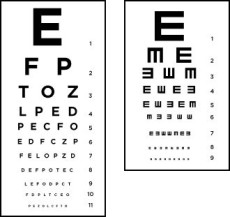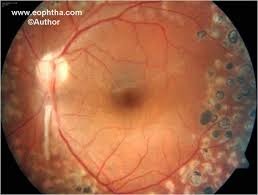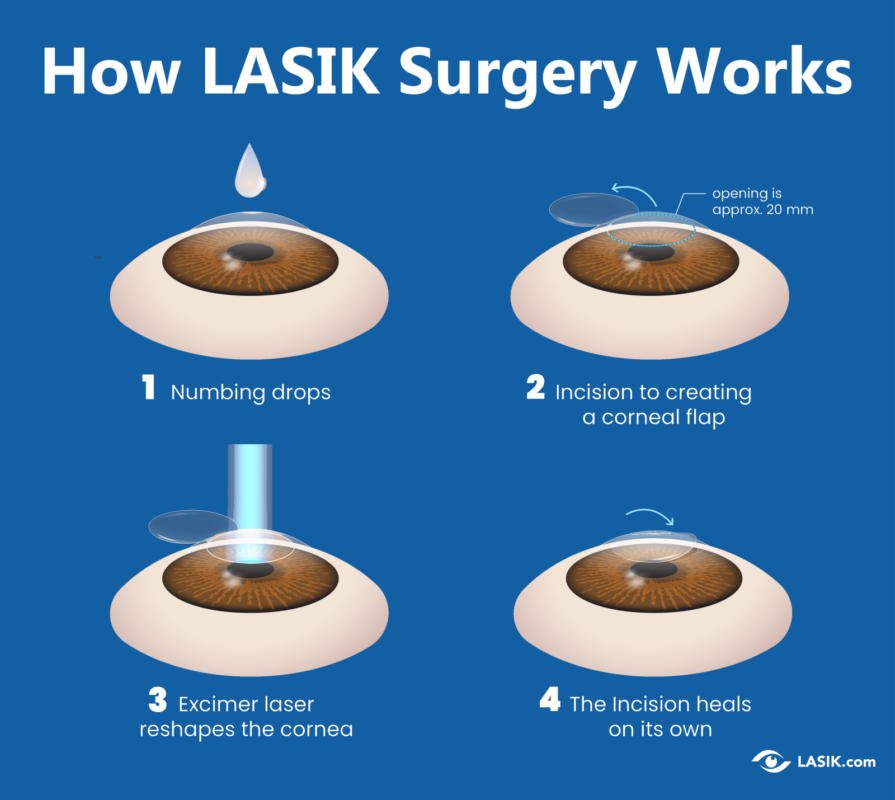Introduction:
Regular vision tests play a crucial role in detecting eye conditions early and ensuring your eyesight remains sharp. In this comprehensive guide, we will explore everything you need to know about vision tests, from what they entail to how often you should have them.
Vision Test:
An optometrist or ophthalmologist conducts a vision test, often called an eye exam, to assess your eyesight and eye health. Additionally, these tests can help detect early signs of eye conditions and other health issues.These tests can identify vision problems like myopia (nearsightedness), hyperopia (farsightedness), astigmatism, and more serious eye conditions such as glaucoma and cataracts.

Types of Vision Tests:
- Visual Acuity Test: Measures how clearly you see by using a standardized eye chart (Snellen chart). You’ll be asked to read letters from a distance to determine the smallest size you can see clearly.
- Refraction Assessment: Determines your prescription for eyeglasses or contact lenses. By using a phoropter, your eye doctor can identify the correct lens power needed to correct your vision.
- Slit-Lamp Examination: Notably, this allows the doctor to examine the structures of your eye under high magnification. This includes your eyelids, cornea, iris, and lens, helping to detect abnormalities or diseases.
- Pupil Dilation: Involves using special drops to dilate your pupils, giving the doctor a better view of your retina and optic nerve. This is crucial for detecting retinal diseases and other eye conditions.
- Tonometry measures the pressure inside your eye (intraocular pressure) to screen for glaucoma. Furthermore, Specifically, a small puff of air or a special instrument is used for this test.
Importance of Regular Vision Tests:
- Early Detection of Eye Diseases: Many eye conditions, such as glaucoma and macular degeneration, do not show symptoms in their early stages. Regular exams can catch these issues early; consequently, improving treatment outcomes.
- Updating prescriptions is important because your vision can change over time. Therefore, regular check-ups ensure your prescription is up-to-date, providing you with the best possible vision.me. Regular check-ups ensure your prescription is up-to-date, therefore providing you with the best possible vision.
- Overall Health Insight: Eye exams can also reveal signs of systemic health issues such as diabetes and hypertension.
Tips for a Successful Vision Test:
- Bring Your Eyewear: If you wear glasses or contacts, bring them to your appointment.
- Know Your Medical History: Be prepared to discuss your medical history, including any medications you are taking.
- List Your Symptoms: Note any vision problems or eye discomfort you’ve experienced.
- Follow Pre-Exam Instructions: If your eyes need to be dilated, follow any instructions given by your doctor beforehand.
Author Details:
Dr. Sushruth Appajigowda holds a prominent position as a Cornea, Cataract, Glaucoma, and LASIK Surgeon in Bangalore. He serves as the chief Cataract and Refractive surgeon at Vijaya Nethralaya Eye Hospital, Nagarbhavi Bangalore. Renowned as one of the finest LASIK surgeons nationwide, he brings with him over 12+ years of experience across multiple LASIK platforms, including ZEISS, ALCON, SCHWIND, AMO, and Bausch and Lomb. Having successfully conducted over 5000 LASIK procedures, Dr. Sushruth holds the title of a Certified Refractive Surgeon and a Fellow of the All India Collegium Of Ophthalmology. Furthermore, he stands as a distinguished speaker at various National and International Forums, using his expertise to guide you in selecting the most suitable procedure based on your health requirements.

http://vijayanethralaya.com/link-in-bio/
Conclusion:
Vision tests are an essential part of maintaining good eye health. By understanding the different types of tests and the importance of regular eye exams, you can take proactive steps to protect your eyesight.











